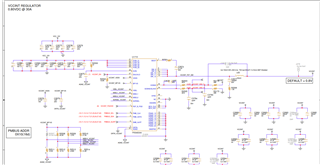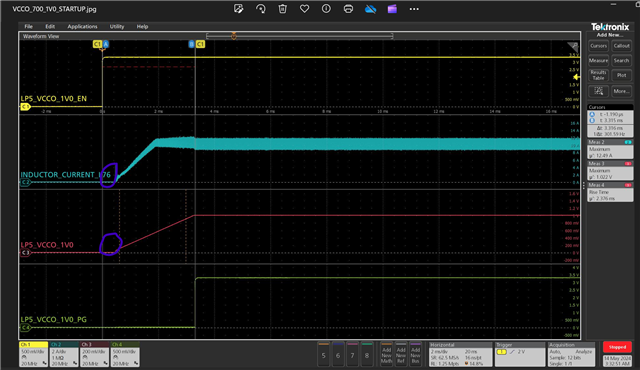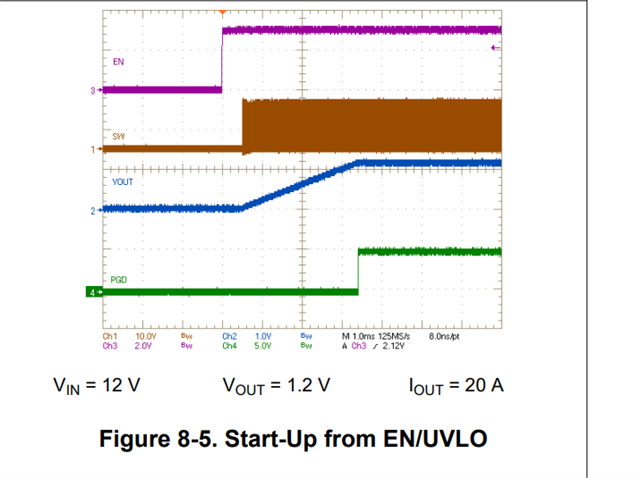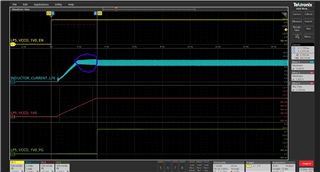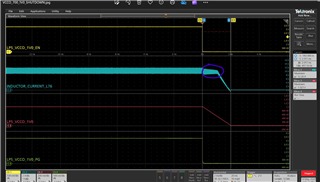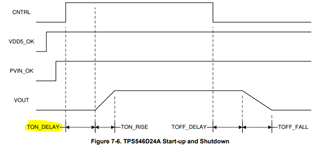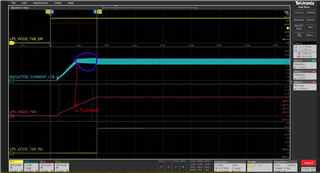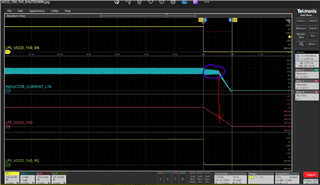Other Parts Discussed in Thread: , , TPS546B24A
Hi Team,
I am starting DVT of my board and want to test the transient and ripple of Buck Regulator(TPS546D24).
I just want to check which one be the right place to probe at the output cap of Regulator or Nearby to the Decoupling CAP of FPGA?
It Seems Loop Incuctance will be different in both the above cases.
What slew rate should be set for Input Voltage of 12V to 0.8V@30A?
Please suggest.
Many Thanks
Rajat




